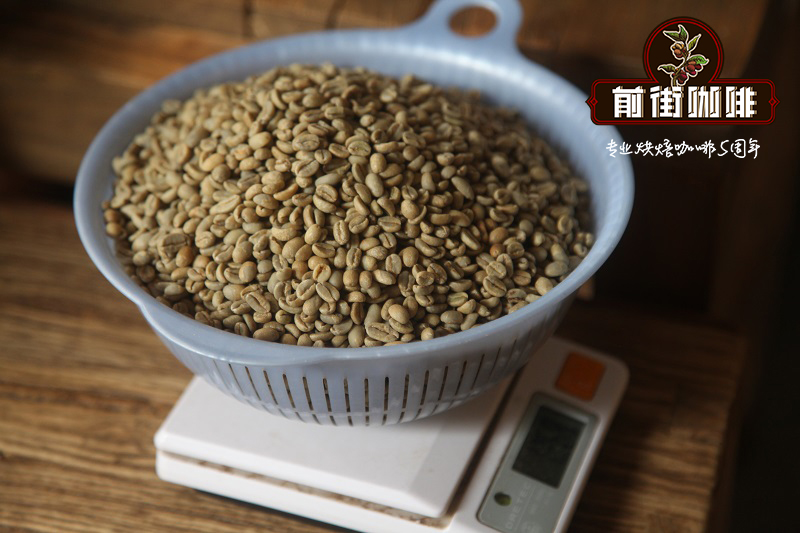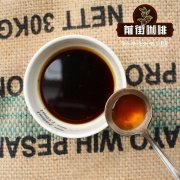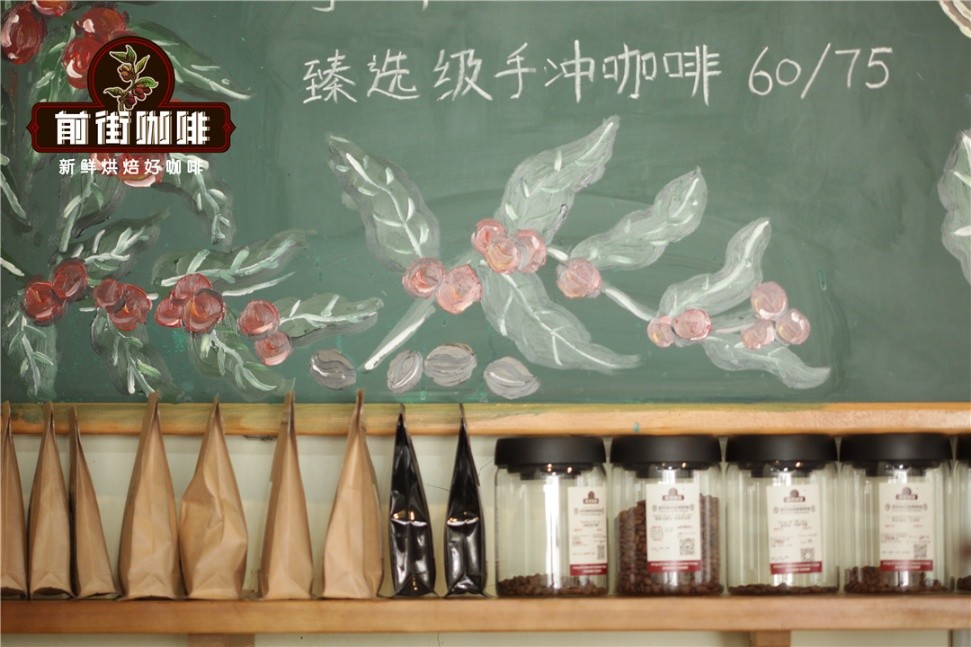What is the growing environment of Kerinci Volcano Coffee beans in Sumatra? How to use kono to cook Pueraria lobata

Professional coffee knowledge exchange more coffee bean information please follow the coffee workshop (Wechat official account cafe_style)
What is the growing environment of Kerinci Volcano Coffee beans in Sumatra? How to use kono to brew Glinchi coffee beans?
Kerinci area of Greater Sumatra, Indonesia. About 300000 people live in the valleys around the mountains. Kerinci and some areas are protected by large national parks. Geographically, it is wetlands, mountains, rainforests, rivers and volcanoes, and the area is also a UNESCO World Heritage site, Kerinci, the highest peak (actually a volcano) on the island of Sumatra. This area is located in the south and west of Sumatra, similar to other Sumatra islands in the north of Sumatra this year. This coffee is wet-shelled, made up of a variety of grape varieties and grows within the 1400masl range. Sumatran coffee is traditionally wet shelled, a process that can produce great coffee, but it also often produces strange, untasted cups, whether processed or absorbed by the hull removal method. In the early stages of this process, or the formation of mold and mold, because coffee changes hands quickly from seller to seller, and the bag is still wet.
Kerinci coffee fruit is provided by 600 farmers in the Kerinci Valley, a fertile volcanic soil with more than 300000 people known as "rice bowls". Kerinci is a little-known source of coffee in the heart of Sumatra, Indonesia. People in the Kerinci Valley, surrounded by the Kerinci Seblat rainforest, have slowly shifted back to Arabica coffee production with the help of a local conservation NGO called Lembaga Tumbuh Alami. In 2009, we had the opportunity to visit the region in the hope of finding a group engaged in forest conservation and Arabica coffee promotion. It wasn't until 2013 that the connection was finally established. After several years of domestic supply chain problems, we can finally provide a very beautiful example of the coffee they are producing.
The goal of cooperation between NGOs and communities is to protect the natural resources of tropical rainforests and to develop sustainable agricultural markets to support families. Arabica coffee offers opportunities for sustainability rather than the current standards for Roberta coffee and rubber. Providing farmers with more sustainable incomes means less erosion of rainforests. Follow the continuous update of our relationship with this community, because we are very happy to be able to do further work there and take you on a trip.
This beautiful valley is surrounded by the Mount Kerinci volcano in Kerinci Heights and Sumatra's largest national park, Kerinci Seblat National Park, which is listed as a UNESCO World Heritage site. 1200-1500 meters above sea level. This coffee has a very clean sweet taste of caramel, cocoa and tea-like flowers, with a healthy and syrup body. Its acidity is lower than the traditional, high-growth, washed coffee, which can be used to make wonderful espresso.
Select and sort the honey, and then remove the cherry peel from the machine. Inside the coffee fruit are seeds (what we call coffee beans) as well as pulp and sticky mucus, which is high in sugar to feed the seeds. This sticky substance in cherries is often called "pectin". In this process, the skin is removed, but the sticky mucus is not removed as it is in washed coffee. These sticky coffee beans are placed on raised beds to dry, and their mucus fermentation over the next few days and weeks brings some sweetness, body and fruit.
This special coffee is Typica, grown at 1200-1600m, tastes like "grapefruit, plum, cream cocoa" and tastes clean, sweet and super citrus, completely different from any Sumatran coffee I've ever eaten! This is a moderately full-bodied coffee with many flavors. It smells like sweet grapefruit candy in front. Pink grapefruit, but no bitterness from pith, it is bright and citrus, but also sweet. It rises gradually in the lower half of the slope, accompanied by a damp note in the cooling cup, reminding me that the cup of coffee is still from Sumatra. The aftertaste melts into more orange juice, accompanied by some lingering grapefruit and a single source of chocolate, which is subtle but still exists. The fruit in the aftertaste lasts for a long time, and for me it is also a berry, with a little raspberry and maybe a little BlackBerry, while maintaining the advantages of oranges and grapefruit.
Qianjie cooking data:
Gouache ratio: 1:14
Degree of grinding: small Fuji 3.5
Water temperature: 86 ℃
Brewing and cooking techniques:
Steam for 30s with 26g water, slowly inject water to 118g for segmentation, and then slightly increase the slow flushing to 210g.
Total duration: 1 million 39 percent 45 "
BG lapping 4Z
Important Notice :
前街咖啡 FrontStreet Coffee has moved to new addredd:
FrontStreet Coffee Address: 315,Donghua East Road,GuangZhou
Tel:020 38364473
- Prev

What is Brazilian Santos coffee? What are the characteristics of Brazilian coffee? How do you drink Brazilian coffee?
Professional coffee knowledge exchange more coffee bean information please follow the coffee workshop (Wechat official account cafe_style) Brazil is the world's largest coffee producer accounts for about 33% of coffee production, but because Brazil is located in the tropical rain forest, the terrain is relatively flat with few high-altitude mountain forests, most coffee is grown in low-altitude non-volcanic soil areas, and there is not much shade.
- Next

Mocha pot production method of oil extraction skills Mocha pot coffee grinding fine powder water ratio water temperature off time parameters Introduction
Professional coffee knowledge exchange More coffee bean information Please pay attention to coffee workshop (Weixin Official Accounts cafe_style) Mocha pot is very simple to use, but the brewing process will still have bitter, too strong, insufficient flavor from time to time. Front Street Coffee today shares the experience of using mocha pots, hoping to make
Related
- Detailed explanation of Jadeite planting Land in Panamanian Jadeite Manor introduction to the grading system of Jadeite competitive bidding, Red bid, Green bid and Rose Summer
- Story of Coffee planting in Brenka region of Costa Rica Stonehenge Manor anaerobic heavy honey treatment of flavor mouth
- What's on the barrel of Blue Mountain Coffee beans?
- Can American coffee also pull flowers? How to use hot American style to pull out a good-looking pattern?
- Can you make a cold extract with coffee beans? What is the right proportion for cold-extracted coffee formula?
- Indonesian PWN Gold Mandrine Coffee Origin Features Flavor How to Chong? Mandolin coffee is American.
- A brief introduction to the flavor characteristics of Brazilian yellow bourbon coffee beans
- What is the effect of different water quality on the flavor of cold-extracted coffee? What kind of water is best for brewing coffee?
- Why do you think of Rose Summer whenever you mention Panamanian coffee?
- Introduction to the characteristics of authentic blue mountain coffee bean producing areas? What is the CIB Coffee Authority in Jamaica?

